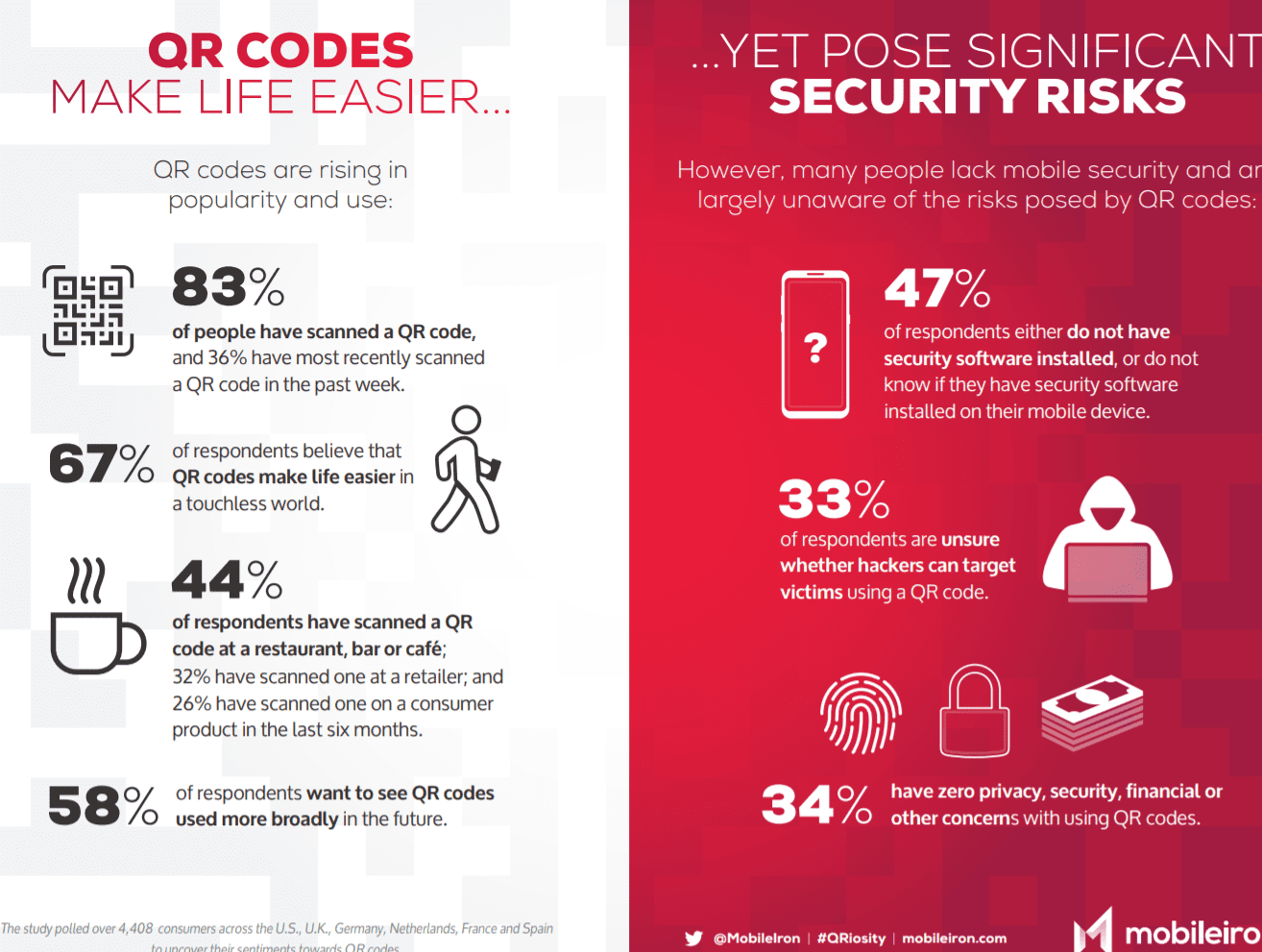Are you a fan of QR codes? They offer quick and easy access to information and websites, right? But did you know that with every technological advance, there are risks that come along with it? QR codes are no exception. Here are some potential QR code risks that you should be aware of:
So next time you scan a QR code, be vigilant and cautious, especially if it’s from an unreliable source. QR codes may offer convenience, but it’s better to be safe than sorry!
Introduction: Understanding the Potential Risks of QR Codes
QR codes have become increasingly popular over the years. Many businesses and individuals use them to promote their products and services, and to provide easy access to information. However, as with any technology, there are potential risks that come with using QR codes. One of the most significant risks is the possibility of falling victim to a phishing attack. Cybercriminals are becoming increasingly sophisticated, and they are using QR codes to lure unsuspecting users into divulging their private information. In this article, we will explore the risks of QR codes and offer tips for staying safe and secure.
Phishing Attacks: How Cybercriminals Exploit QR Codes
Phishing attacks are some of the most common and dangerous risks associated with QR codes. Cybercriminals can replace an authentic QR code with one that is embedded with a phishing site URL. When the user scans the QR code, they are taken to a website that prompts them to divulge their private information, such as usernames, passwords, credit card information, and personal identification numbers (PINs). Once this information is obtained, cybercriminals can sell it on the dark web, a hidden part of the internet where illegal goods and services are bought and sold.
Some cybercriminals create fake accounts, websites, or even physical signs that look like they belong to a legitimate business or organization. QR codes are then placed on these fake assets, which lead users to a page where they are asked to enter personal information. It is important to always verify the authenticity of the QR code and the company or organization it represents before entering any personal information.
How QR Codes Can Be Manipulated by Hackers
Hackers can also manipulate QR codes in other ways. For instance, they can alter the data stored in the QR code to redirect the user to a different website or application. This can be particularly dangerous if the redirected website or application is infected with malware or other types of viruses. Hackers can also use QR codes to steal login credentials or install spyware on the user’s device.
Protect your device by installing anti-malware and anti-virus software that can detect malicious QR codes and prevent them from executing on your device.
Dark Web Markets: Where Stolen Information from QR Code Scams is Sold
The dark web is a hidden part of the internet where illegal goods and services are bought and sold. Cybercriminals who steal information using QR codes often sell the information on the dark web. The stolen information is used for identity theft, credit card fraud, and other types of criminal activity. It is important to be aware of the risks associated with QR codes and to take steps to protect your information and devices from cybercriminals.
Use strong and unique passwords and enable two-factor authentication on all of your accounts to reduce the risk of identity theft.
Protecting Yourself from QR Code Phishing Attacks
There are several steps that you can take to protect yourself from QR code phishing attacks. The first and most important step is to always verify the authenticity of the QR code and the company or organization it represents. Before scanning a QR code, examine it carefully to ensure that it is not tampered with or fake. If you are unsure about the authenticity of a QR code, do not scan it.
Use a QR code scanning app that can detect malicious QR codes and alert you before taking you to the webpage. Some recommended apps include Kaspersky QR Scanner, QR Droid, and Trend Micro QR Scanner.
Best Practices for Using QR Codes Safely and Securely
To use QR codes safely and securely, follow these best practices:
- Always verify the authenticity of the QR code and the organization it represents.
- Use a QR code scanning app that can detect malicious QR codes and alert you before taking you to the webpage.
- Do not scan QR codes that are stuck on walls, public spaces or areas where it’s easy to replace with the fake one.
- Do not enter personal information on a website unless you are sure it is authentic and secure.
- Use strong and unique passwords and enable two-factor authentication on all of your accounts.
- Install anti-malware and anti-virus software on your device.
- Do not connect to public Wi-Fi networks without using a virtual private network (VPN).
Conclusion: Staying Vigilant in the Age of QR Code Scams
QR codes offer a convenient and easy way to access information and services. However, they also pose a risk to users who are not careful about the QR codes they scan. Cybercriminals are becoming increasingly sophisticated, and they are using QR codes to lure unsuspecting users into divulging their private information. It is important to be vigilant when using QR codes and to follow the best practices outlined in this article to protect your information and devices from cybercriminals. By staying informed and taking precautions, you can use QR codes safely and securely.





